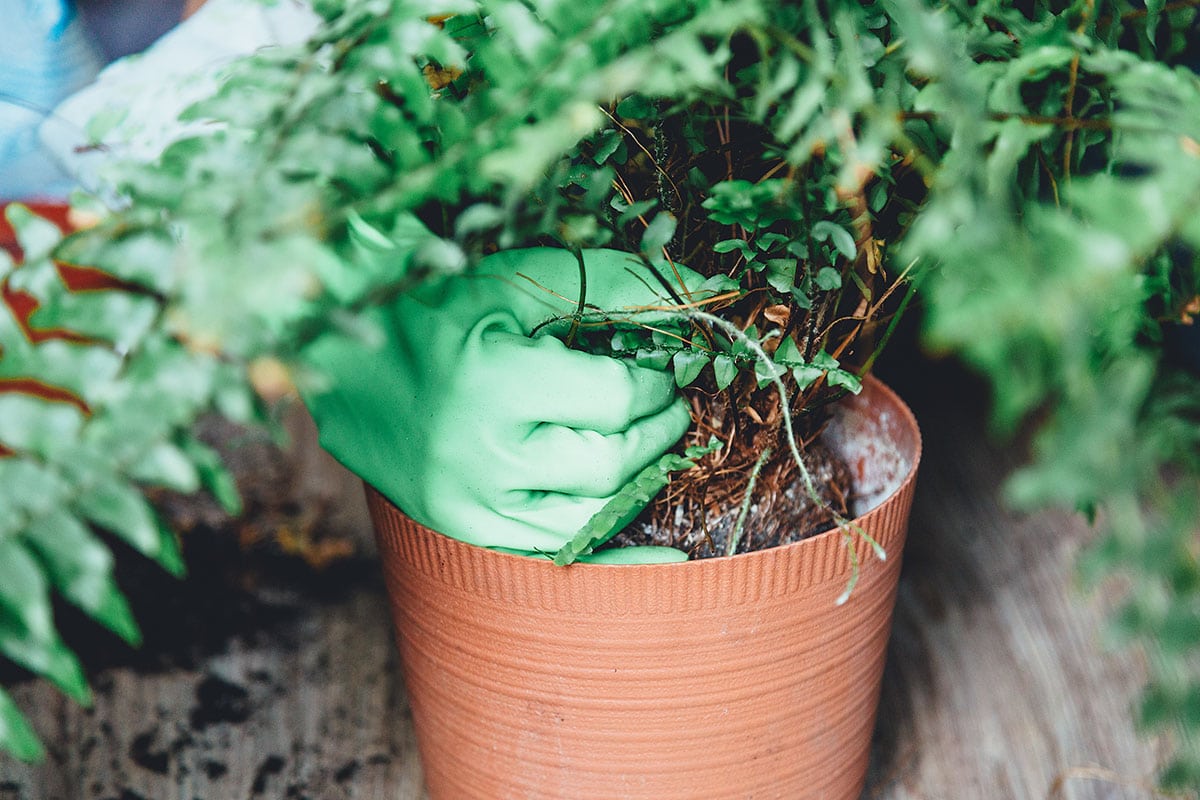After a few months or years in their pots, growing houseplants can get a little cramped. Expanding roots can even cause the pot to crack over time. In addition, the nutrients in the potting soil that are used to feed the plant are gradually depleted. Repotting seems to be the ideal solution to remedy all these small problems and to give back vigour to tropical plants. But what about very large plants that are much too heavy to be moved, or those whose pot you don’t want to change? Do you know about surfacing?
What is surfacing?
When the time comes to repot a plant, we choose a pot that is a little larger than the previous one, we fill it with new potting soil adapted to the type of plant and we simply reposition the plant in its new environment. If changing the pot is not an option and the plant still needs to be reinvigorated, a surfacing can be done. This involves replacing the top layer of potting soil with new, nutrient-filled soil.
How to do it?
Using a small shovel or your hands, scrape the surface to remove the top 2-3 centimeters of soil. This is where the mineral salts are stored and the soil is depleted. Deep down, the potting soil remains of fairly good quality. There is no need to go too deep. Then fill in the empty space with new potting soil for indoor plants. Finish with a good watering and that’s it, it’s that simple!
Ideally, plants are resurfaced in the spring, when the growing season resumes. You will definitely break up some small roots on the surface, so you will need to space out the watering a bit. Allow time for the new roots to take hold, a few weeks, before resuming regular watering.
You’ll see a nice difference in your newly surfaced plants, they’ll look younger and more vibrant. For more tips on caring for your houseplants, consult with our garden centre specialists!








